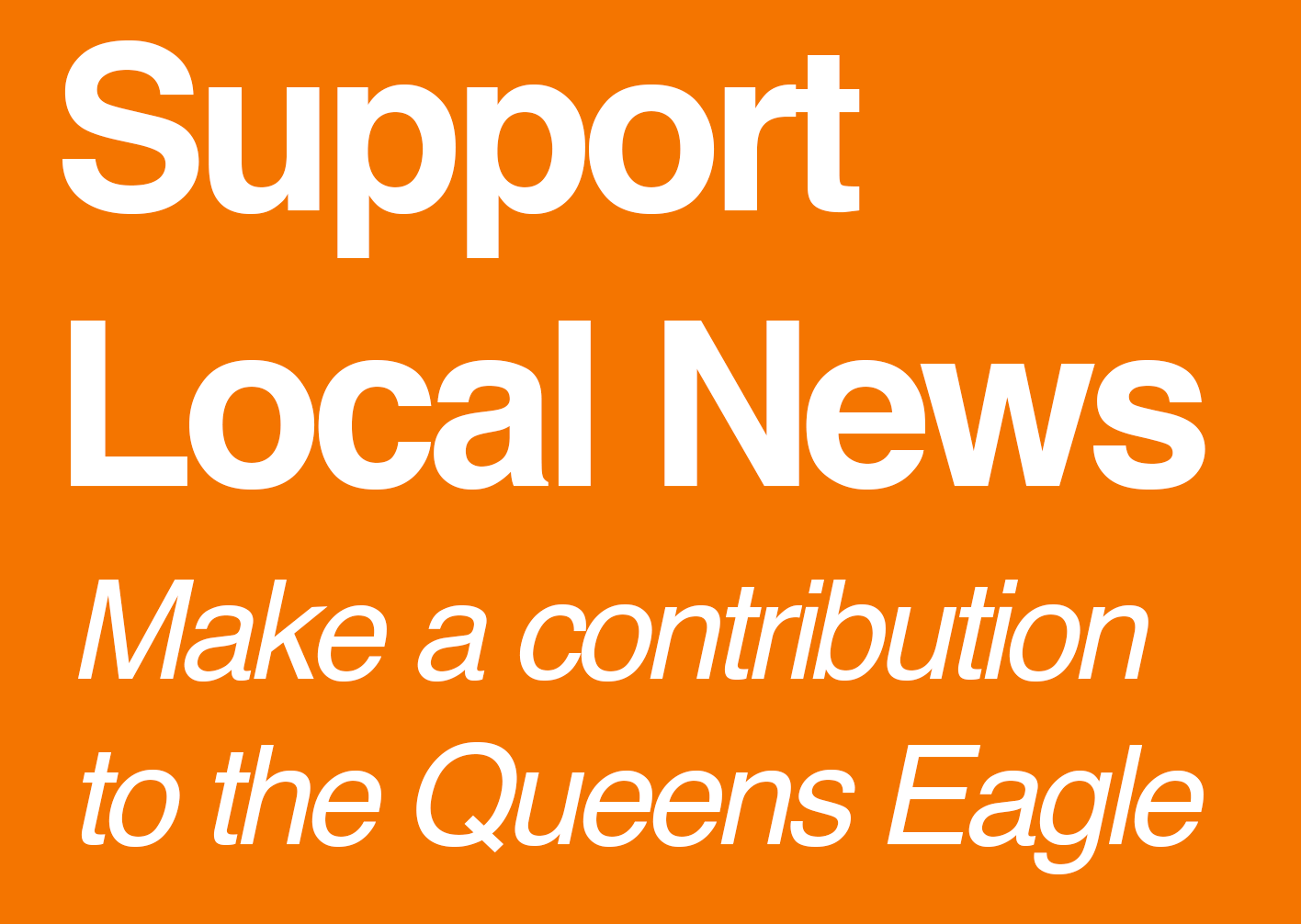COVID rates in six Queens zip codes reveal lethal impact on communities of color
/New Yorkers lined up for COVID-19 testing outside Elmhurst Hospital in March. Four Queens zip codes located near the hospital have among the six highest rates of COVID-19 cases in the city, including one with the highest total number of cases. AP Photo/John Minchillo
By David Brand
A section of Corona accounts for more COVID-19 cases than any other community in New York City, while a swath of Far Rockaway has the city's second highest coronavirus death rate, according to zip code-level data released Monday by the New York City Health Department.
The long-awaited data paints a grim picture of the pandemic’s impact in Queens communities of color, with zip codes in largely immigrant neighborhoods of Western Queens accounting for four of the six highest rates of positive COVID-19 cases in the city.
Those zip codes encompass parts of East Elmhurst, Jackson Heights and Corona, confirming the region’s designation as the “epicenter” of the public health crisis. The impact of the coronavirus in those communities gained international attention as the death rate surged at Elmhurst Hospital, an issue first reported by Queens Patch.
Zip code 11368, which covers Corona between Northern Boulevard and the Long Island Expressway, led the city in total cases, with 4,234, according to the new data. The community has the sixth-highest positive case rate per 100,000 people.
Neighboring zip code 11369 — which includes the bulk of East Elmhurst between Northern Boulevard and the Grand Central Parkway — led the city with 4,125 cases per 100,000 people. The community also had the city’s sixth highest COVID-19 death rate, the data shows.
Zip codes 11370 (parts of East Elmhurst and Astoria) and 11372 (Jackson Heights) were also among the six zip codes with the highest rates per 100,000 people.
The rate of positive COVID-19 cases in four Western Queens zip codes outpaced nearly every other community in the city. Two other Queens zip codes led the city in rate of COVID-19 deaths. Image via the Health Department
The four neighborhoods have some of the most dense concentrations of low-income immigrants in the city. They also have a disproportionate number of workers in low-wage, essential roles. Nearly 40 percent of the working population are employed in the food preparation/service and personal care sectors, as well as construction and janitorial industries, THE CITY reported last month.
“It’s unfortunate that this new data confirms what we knew anecdotally: our working-class neighborhoods and communities of color are dying more than anyone else in New York City,” said State Sen. Jessica Ramos, whose district office is located on Junction Boulevard in zip code 11369.
Ramos called on the city and state to take “swift action” to stem the spread of the coronavirus and provide needed medical care, food and income assistance to residents.
“This is completely a man-made disaster,” she said. “Many of these deaths could’ve been prevented if we got resources to our people faster, but our leaders failed to do so.”
Citywide, at least 191,650 New Yorkers have tested positive for COVID-19. Nearly 21,000 people have died as a confirmed or likely result of the illness, according to city data published Tuesday.
The lethal impact of the COVID-19 outbreak is evident in communities of color across Queens, not just the neighborhoods in the western portion of the borough.
Zip code 11691 in Far Rockaway — majority black and Latino — and zip code 11354 in Flushing — majority Asian — have the second and third highest death rates in New York City, according to the new data. Only Brooklyn zip code 11239 — Canarsie and Flatlands — has a higher death rate per 100,000 residents.
Councilmember Donovan Richards told the New York Post he cried when he learned of the death rate in Far Rockaway — a community that has lacked a COVID-19 testing site.
“Their lives mattered,” he tweeted Monday.
As early as March, Richard and other Southeast Queens elected officials began publicly pressing the city to establish testing sites in Far Rockaway.
Richards specifically recommended adding testing sites to the empty beachfront expanse from Beach 32nd Street to Beach 56th Street.
He also called on the city to publish zip code level data during a March 31 conference call with reporters.
"Right now we're fighting this battle with blindfolds on and that’s due to a lack of transparency from the Health Department," Richards said at the time. "We need data and we need it now."
Councilmember Adrienne Adams, another participant on the phone call, put it more bluntly.
“People are dying out here and we don’t have time to waste,” Adams said.





